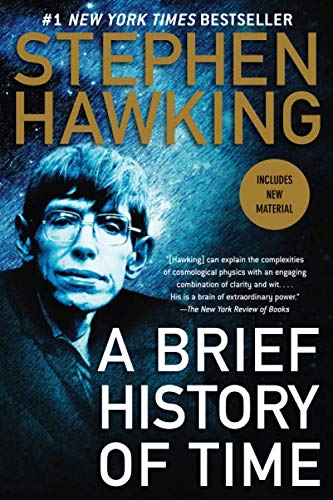
Notes on
A Brief History of Time
by Stephen Hawking
• 1 min read
The fundamental postulate of the theory of relativity, as it was called, was that the laws of science should be the same for all freely moving observers, no matter what their speed.
All observers should observe the same speed of light, no matter how fast they are moving.
Normal objects can never reach the speed of light because they’d have an infinite mass - and then it would take an infinite amount of energy to get it to the speed of light. So only light (or other waves with no intrinsic mass) can move at the speed of light.
The special theory of relativity = theory of relativity but neglecting gravity. This was the first theory of relativity, but then in 1915 Einstein proposed his general theory of relativity.
Space and time are dynamic quantities: when a body moves, or a force acts, it affects the curvature of space and time — and in turn, the structure of space-time affects the way in which bodies move and forces act. Space and time not only affect but also are affected by everything that happens in the universe.
Liked these notes? Join the newsletter.
Get notified whenever I post new notes.